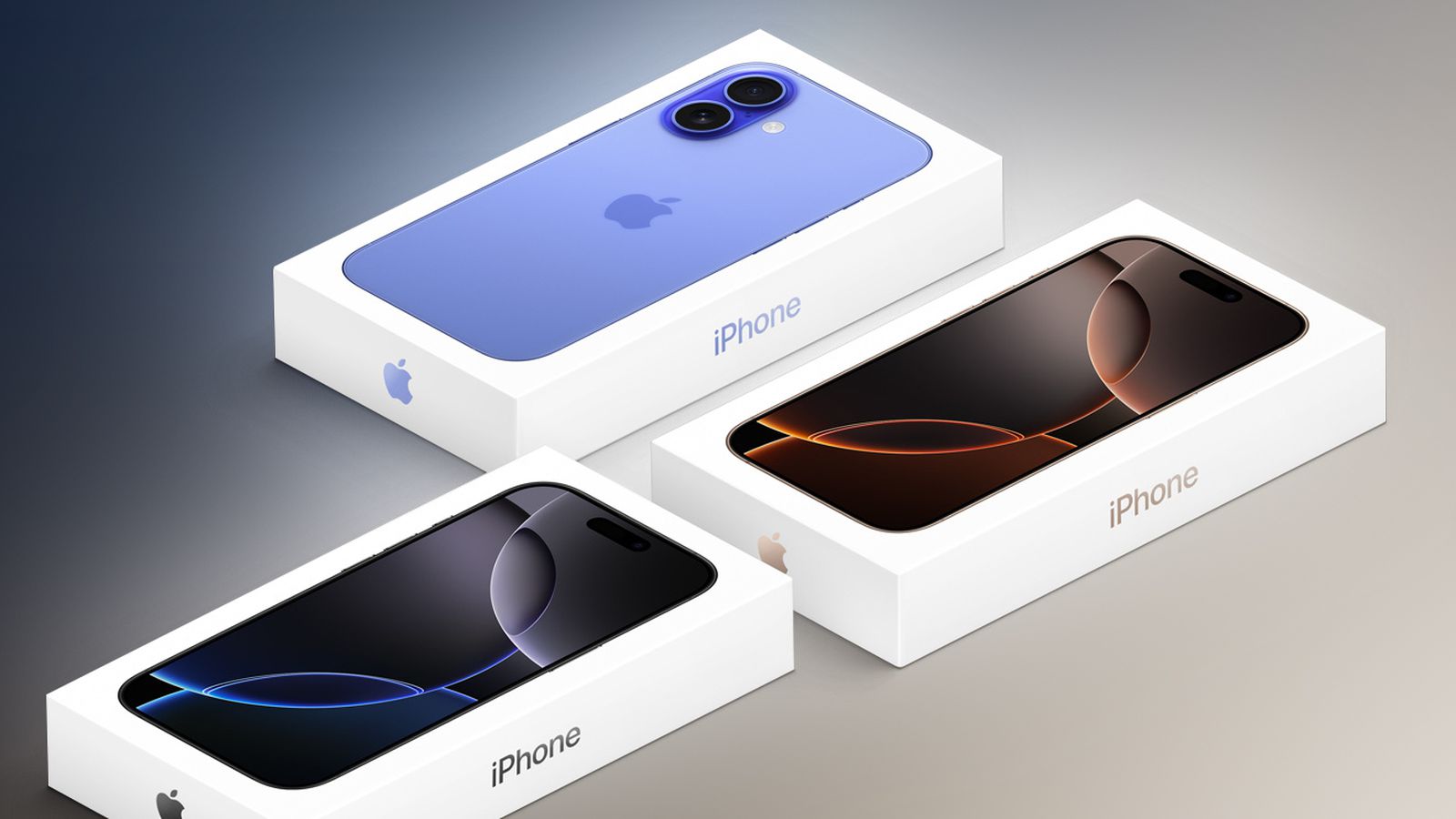Nvidia (NVDA) CEO Jensen Huang kicked off CES 2025 with a keynote outlining the company’s AI ambitions for consumer and business users for the coming year. Huang debuted a number of new software technologies designed to help train humanoid robots and power a variety of AI applications.
The company also announced new gaming hardware, including the high-flying GeForce RTX 5090 graphics card for desktop PCs, worth $1,999.
Huang put a lot of effort into his speech, but these are the main takeaways from the event.
A new AI chip
Nvidia has a new AI superchip. No, it’s not the successor to the company’s latest Blackwell chip, which it debuted last March at the GTC 2024 conference. This is a small version of the powerful GB200 platform.
The chip, called the GB10, is based on the GB200, which customers like Amazon, Google, Meta, Microsoft and Tesla are snapping up in droves. But while the GB200 pairs two Blackwell graphics processing units (GPUs) with one of Nvidia’s Grace central processing units (CPUs), the GB10 pairs one Blackwell GPU with a Grace CPU.
“This little thing here is in full production,” Huang said during the keynote. “We expect this computer to be available in May.”
Nvidia also does not promote the GB10 as a data center platform. Instead, the company says it will be available on a desktop it’s calling Project DIGITS. Project DIGITS combines the GB10 with 128 GB of unified memory and 4 TB of storage to create an AI computing system that can sit on your desk.

Robots and self-driving cars
In addition to its new chip and desktop, Nvidia showed off its new Cosmos platform for developing physical AI systems such as robots and self-driving vehicles. The platform uses World Foundation Models, or WFMs, which are AI models that simulate real-world conditions.
The idea is that companies use Cosmos to help develop the software needed to power robots and self-driving cars by simulating different use cases in a virtual environment without having to use expensive robots or put cars on the road in the real world .
Nvidia also provided information about its Isaac GROOT Blueprint software, which developers can use through Apple’s Vision Pro headset to teach humanoid robots how to move in certain scenarios and situations.
In vehicles, Nvidia said Toyota, Continental and Aurora are using its automotive suite of technologies to power their advanced driving and autonomous driving systems.
“The (autonomous vehicle) revolution has arrived,” Huang said during the keynote. “I predict this will probably be the first billion-dollar robotics industry.”
Graphics cards for gaming
Nvidia credits its incredible performance over the past year to its early investments in AI technologies. But that doesn’t mean it’s leaving its gaming roots behind. The company showed off its new GeForce RTX 50 series graphics cards for desktop and laptop computers on Monday.
The top-end RTX 5090 promises twice the performance of the previous generation’s top dog, the RTX 4090, while Nvidia says its new entry-level RTX 5070 can match the gaming capabilities of the RTX 4090 thanks to advances in its proprietary DLSS software. which can do things like render and generate frames for games using AI.


Email Daniel Howley at [email protected]. Follow him on Twitter at @DanielHowley.
Click here for the latest technology news that will impact the stock market
Read the latest financial and business news from Yahoo Finance







